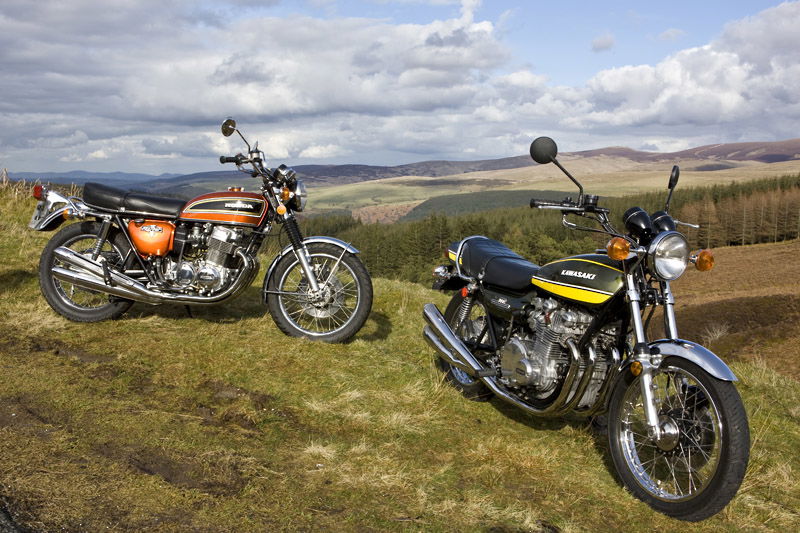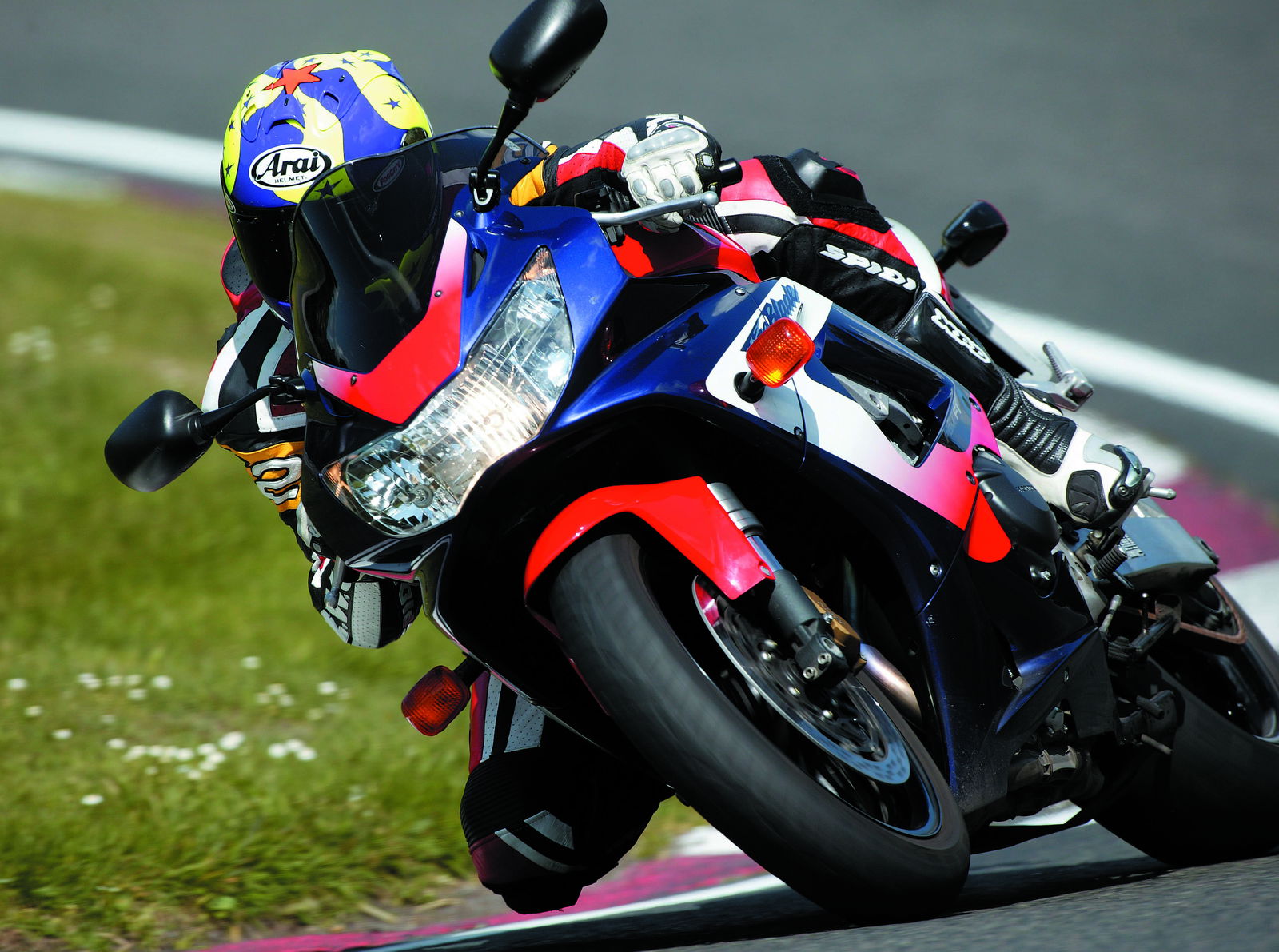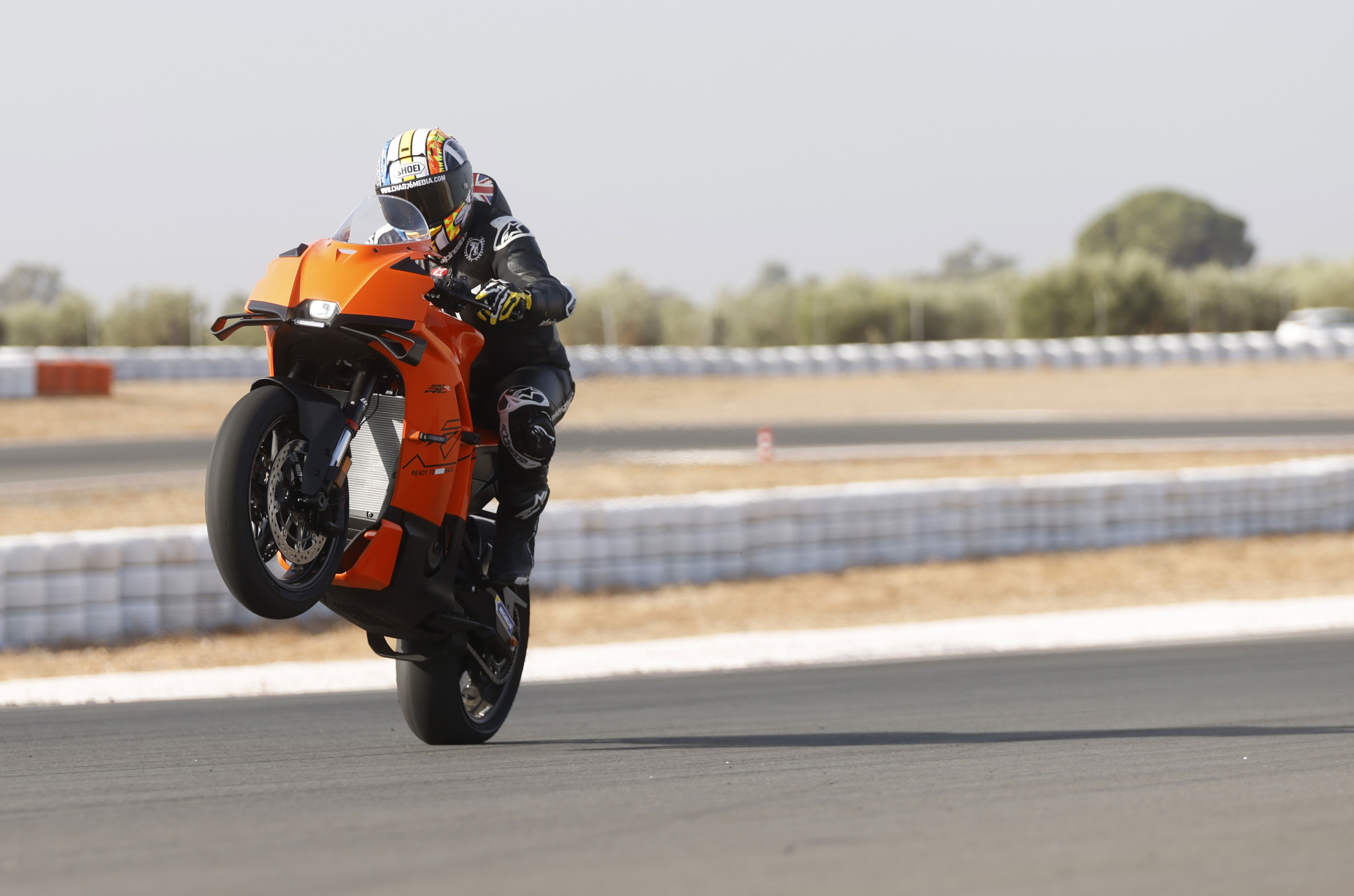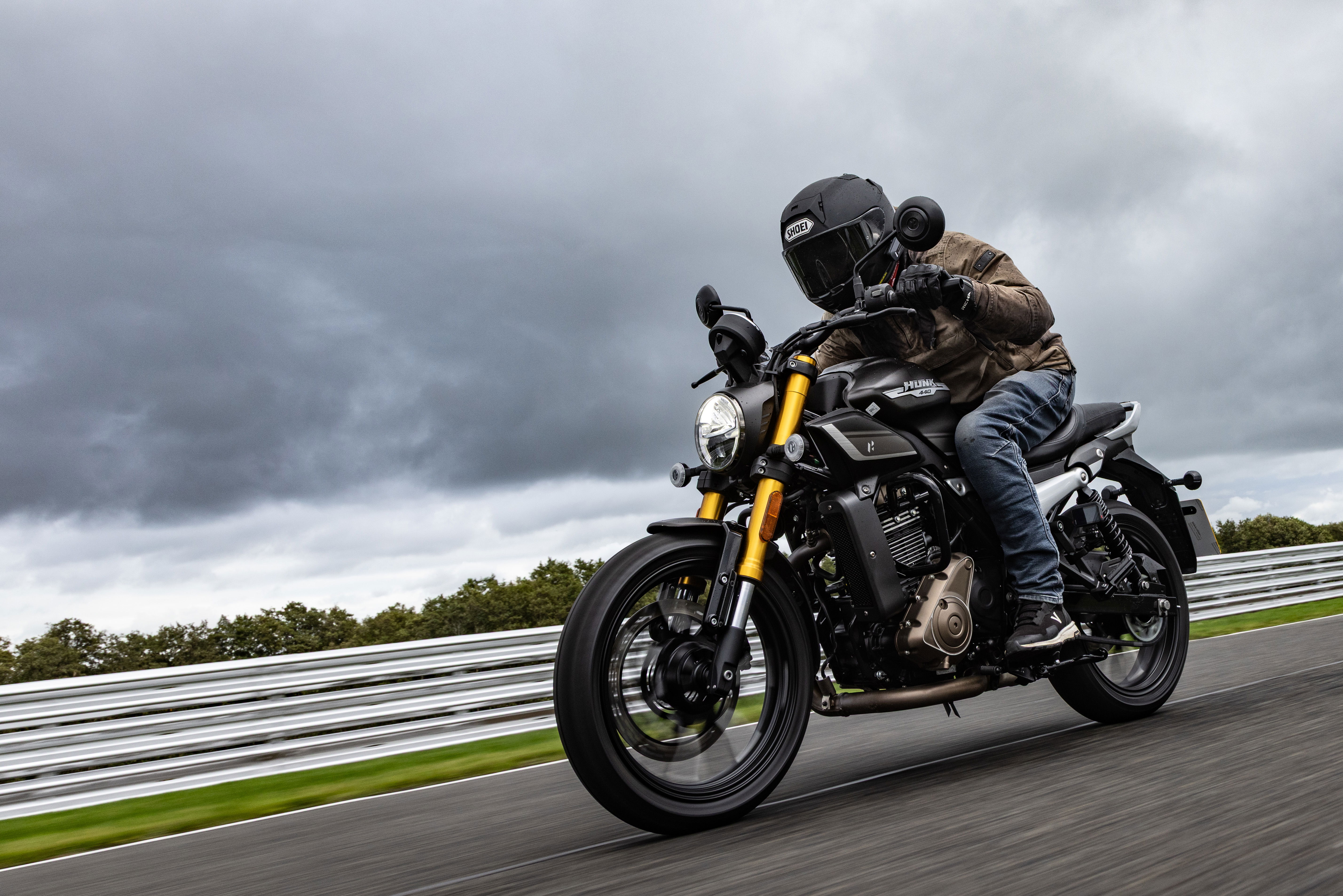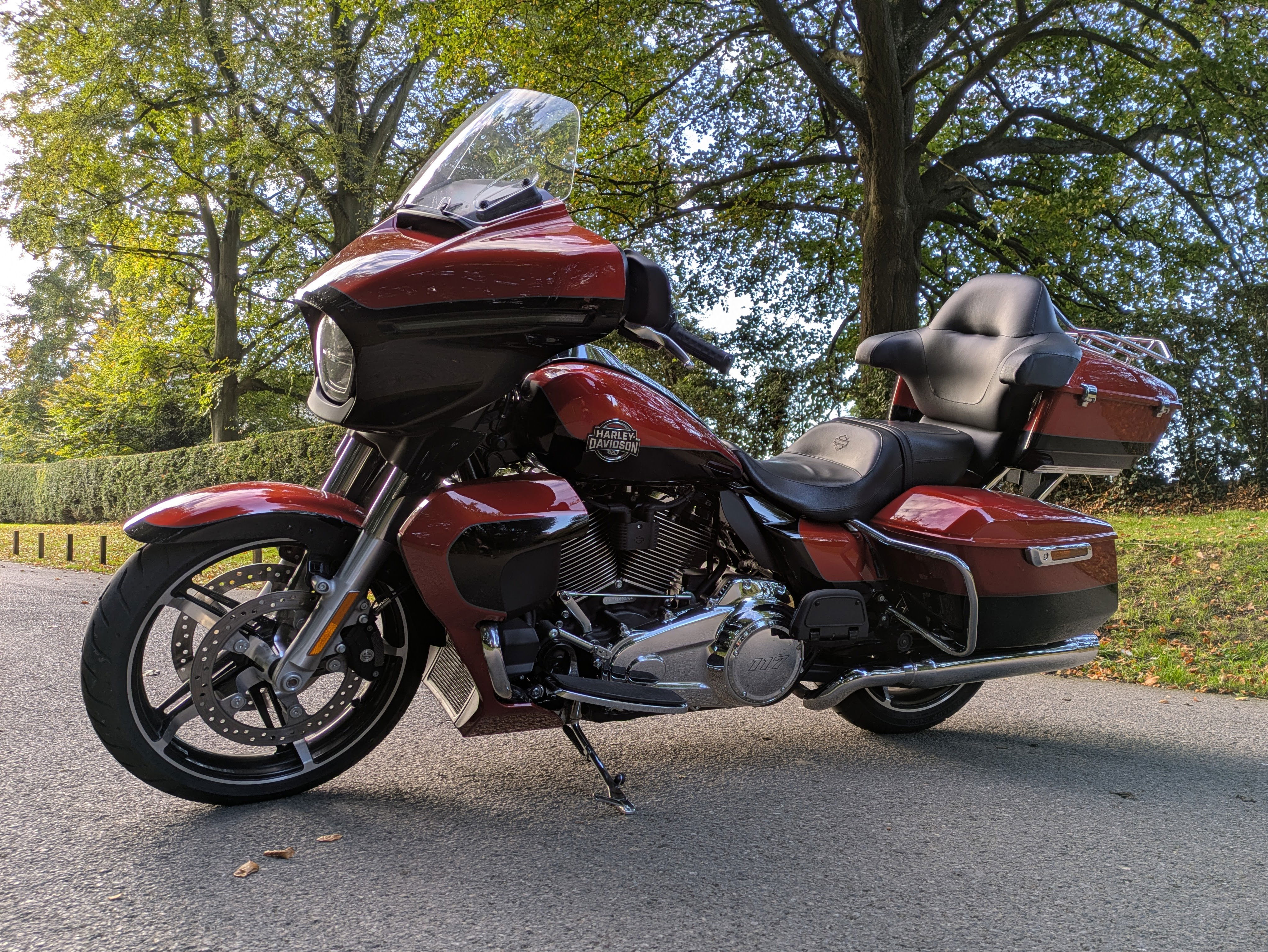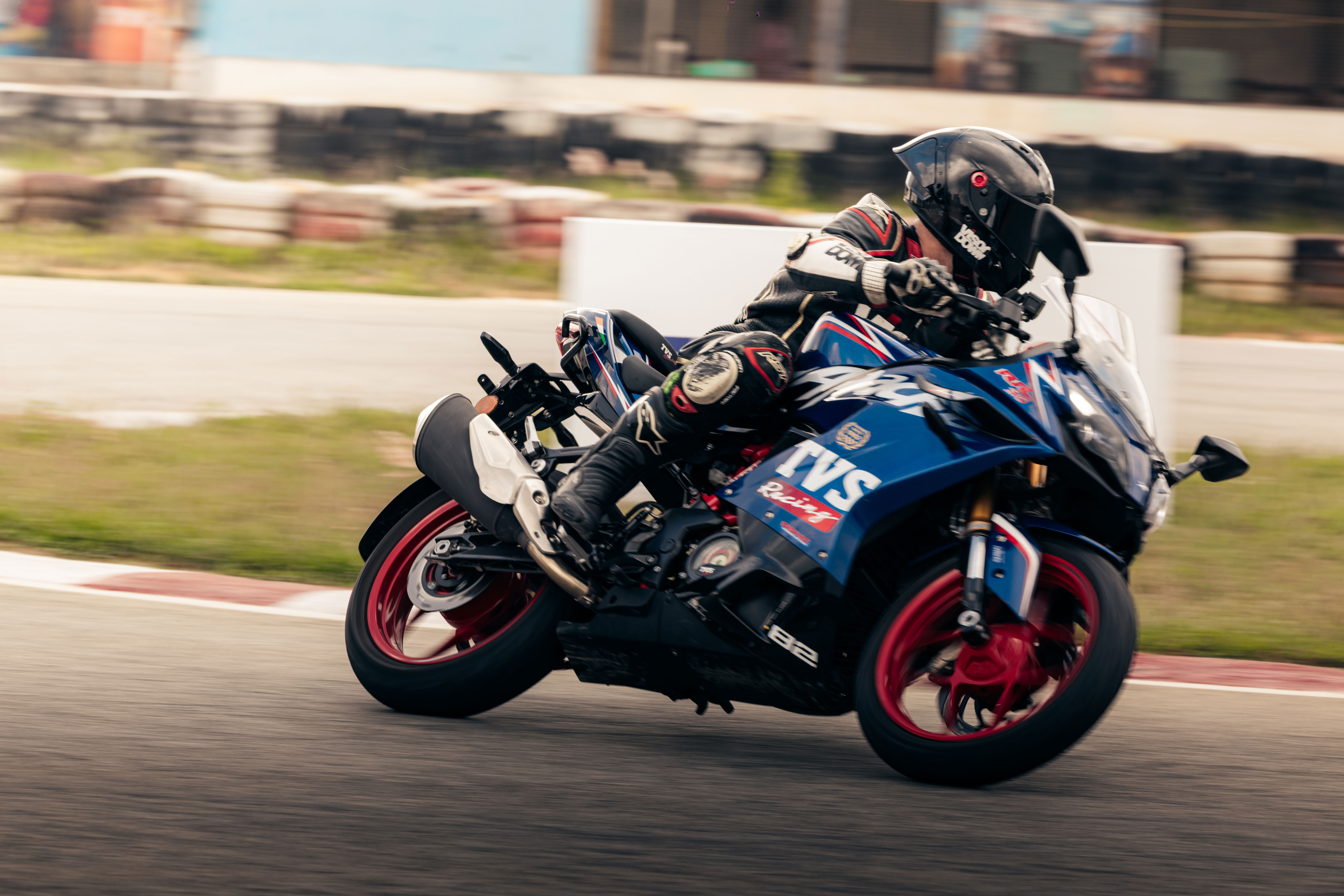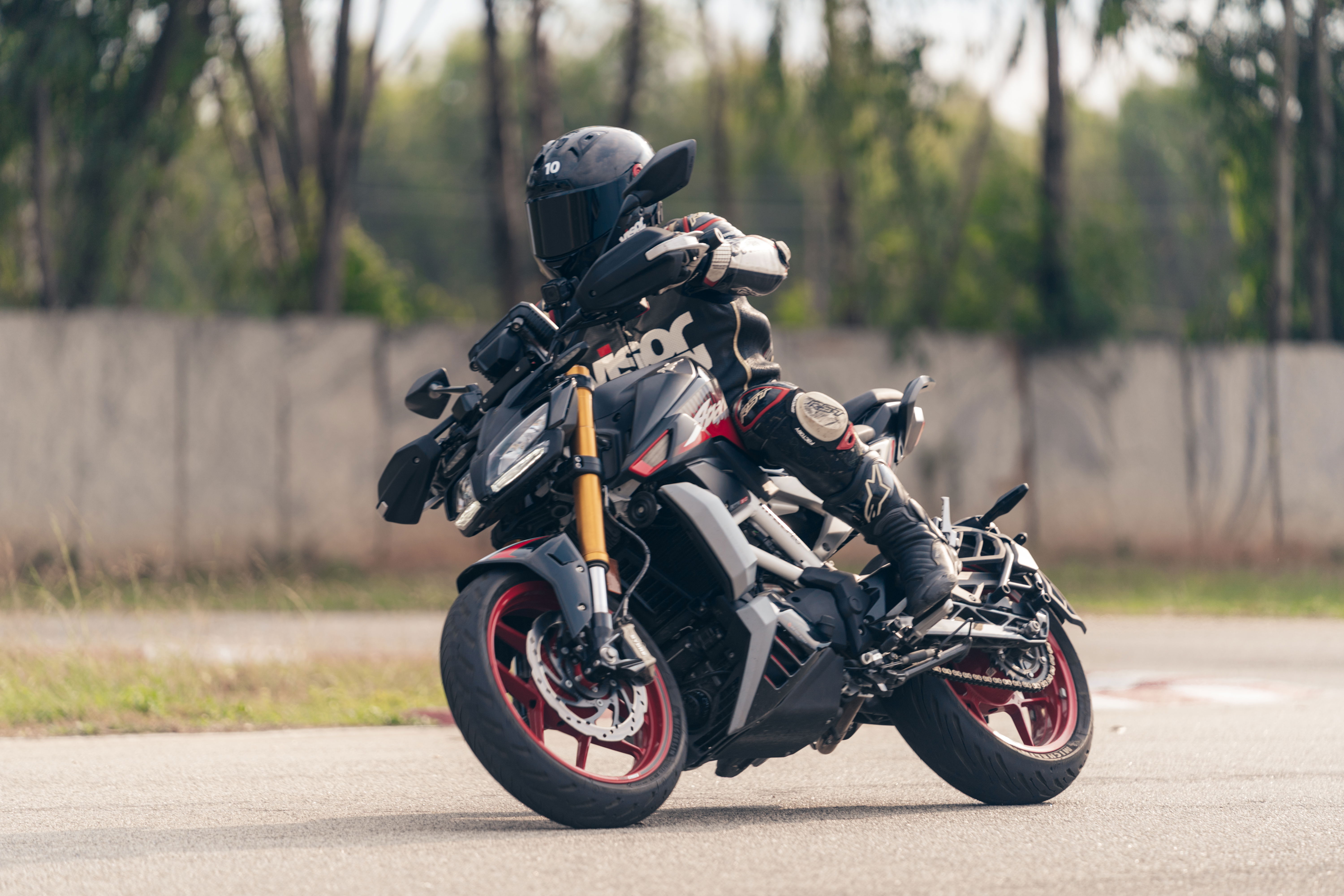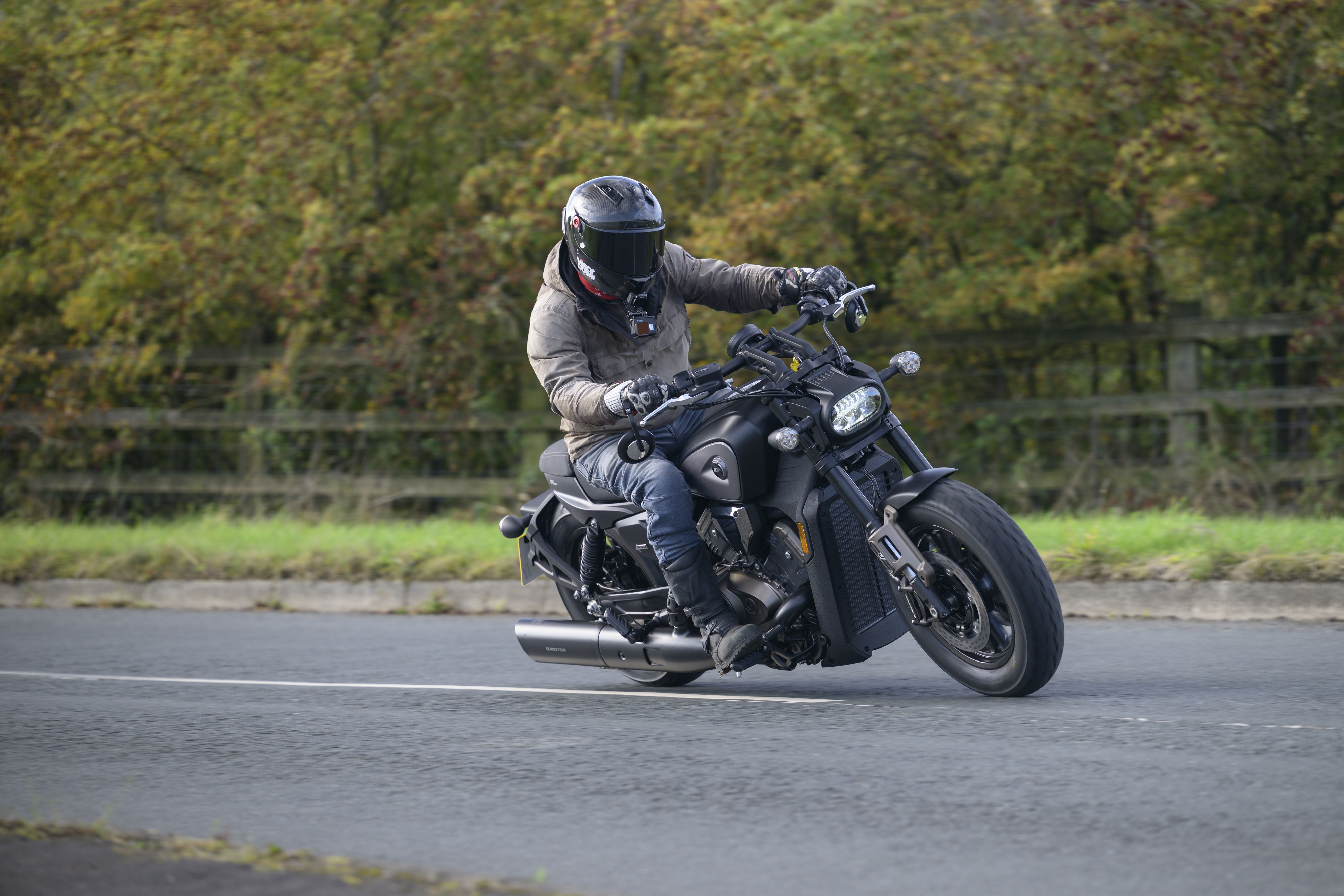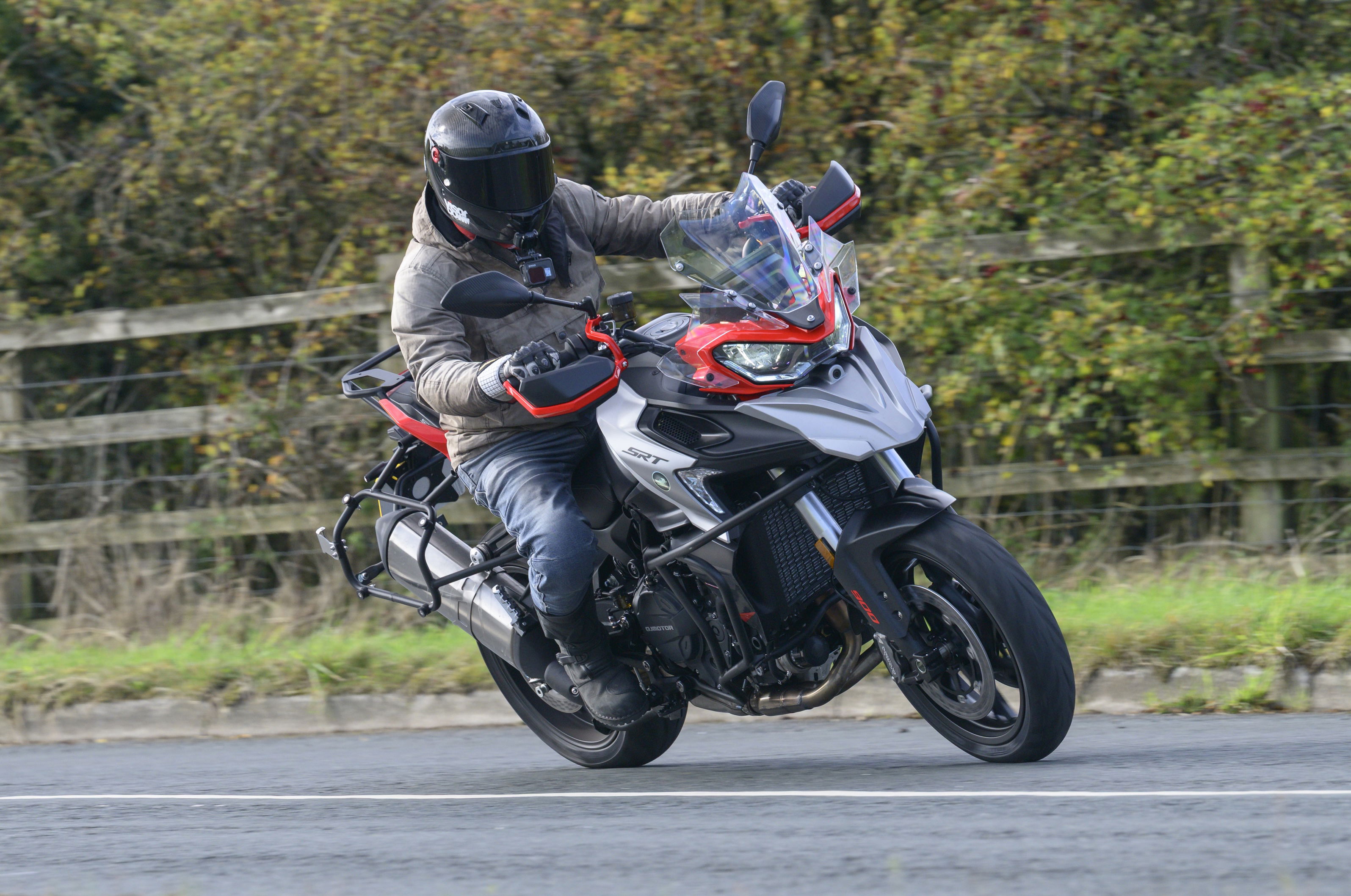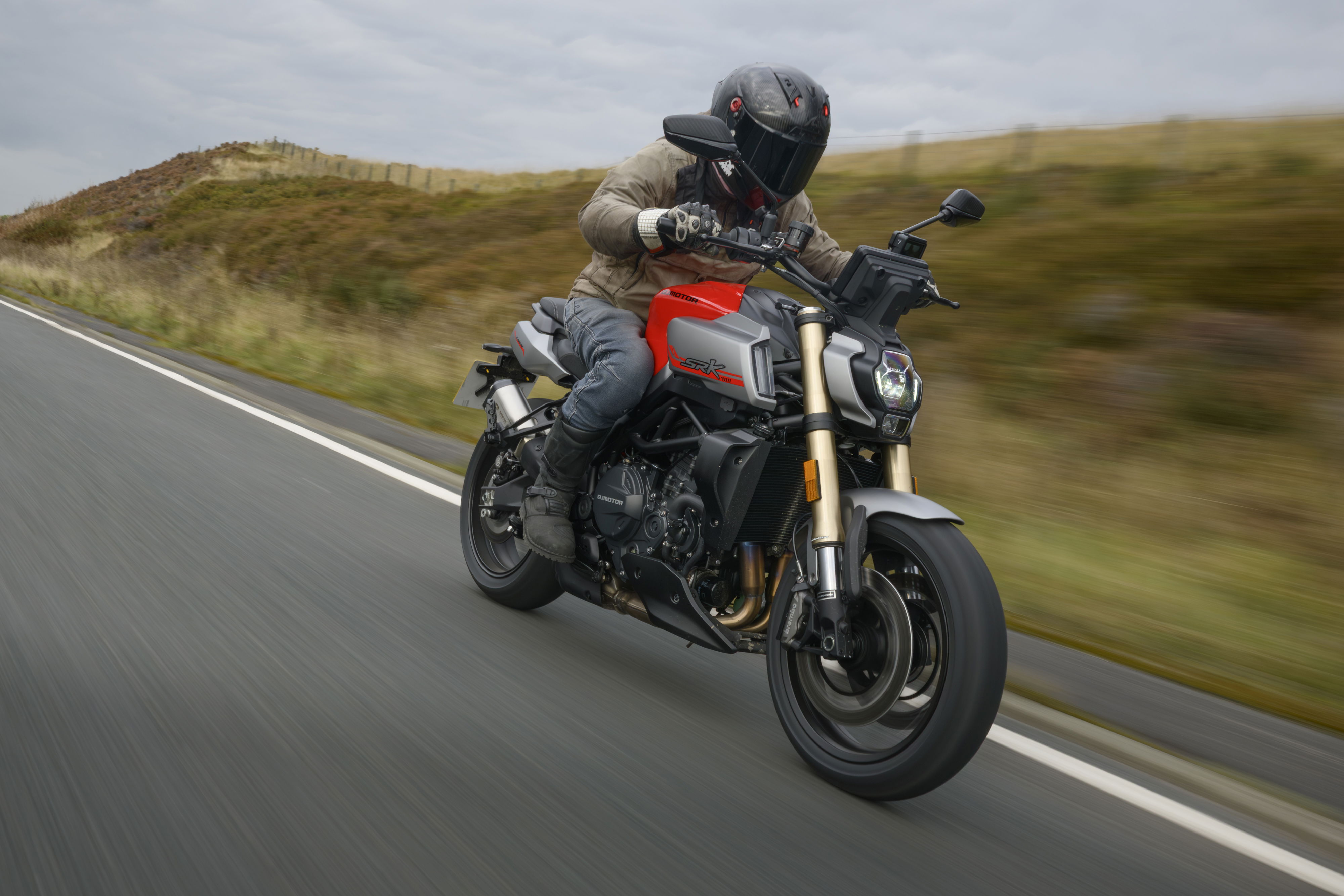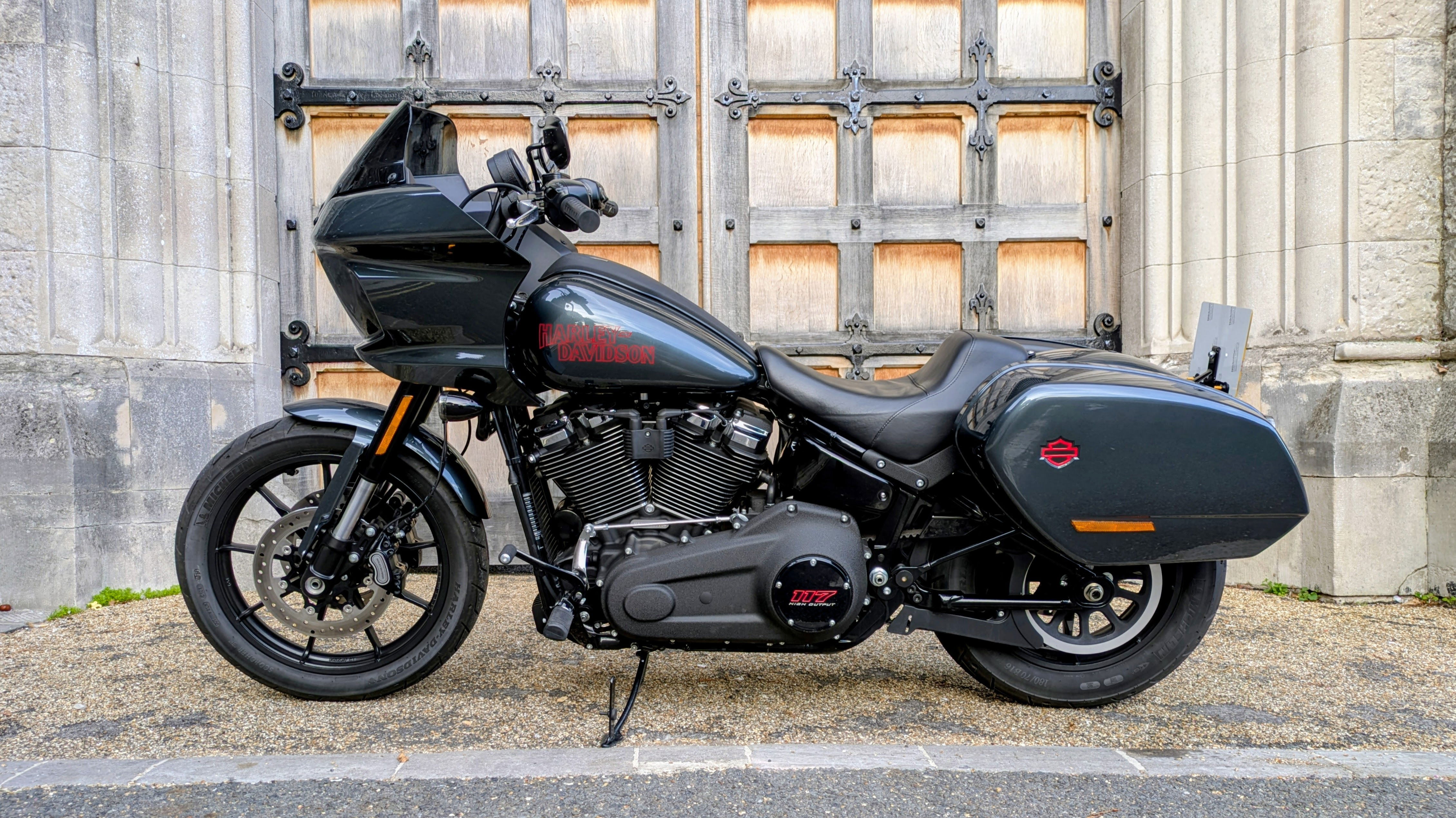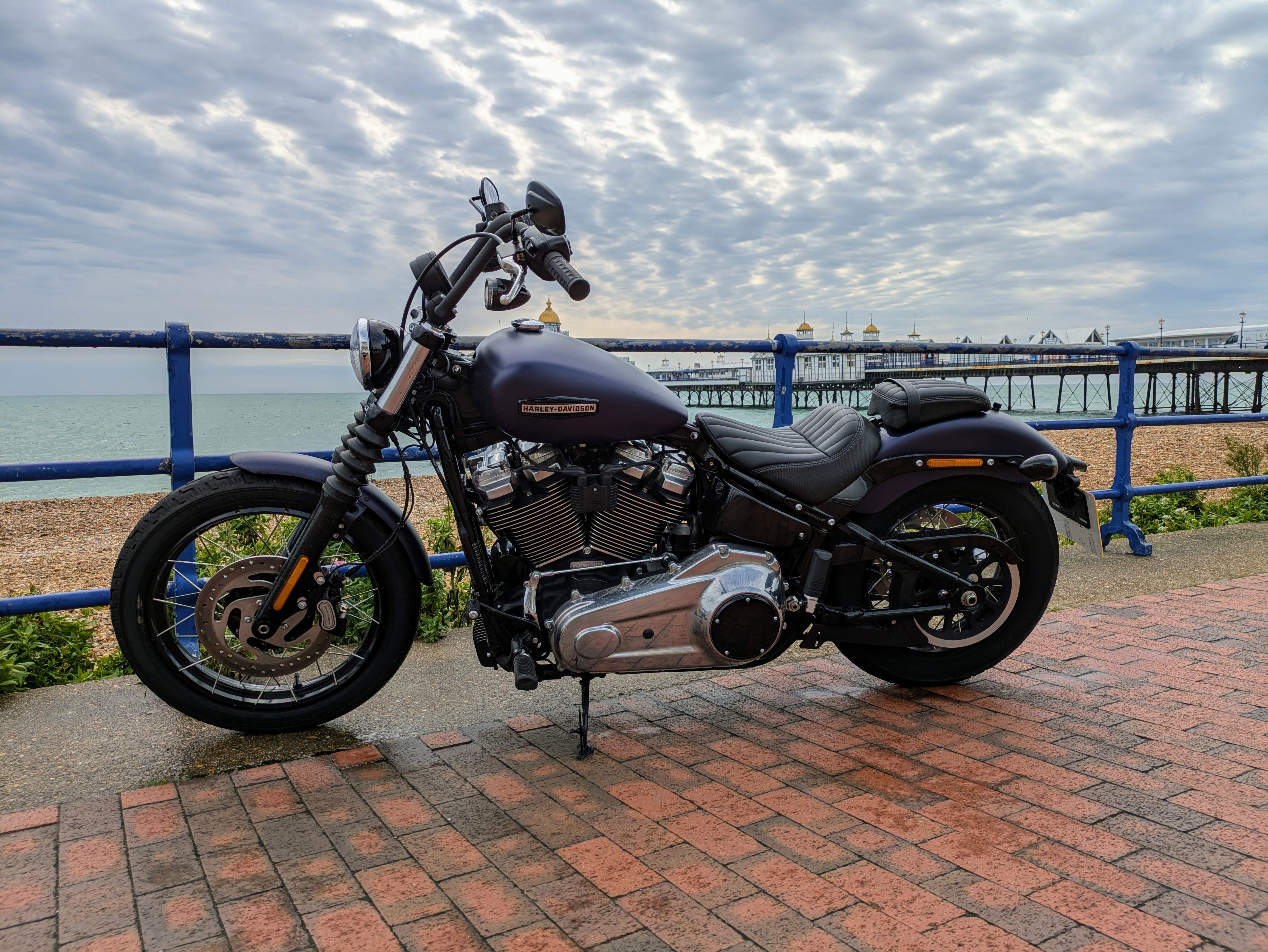1992 Honda Fireblade CBR900RR review
For too long superbikes were about nothing but power. Then Honda launched the 1992 Fireblade CBR900RR and laid down the template for the modern sportsbike.

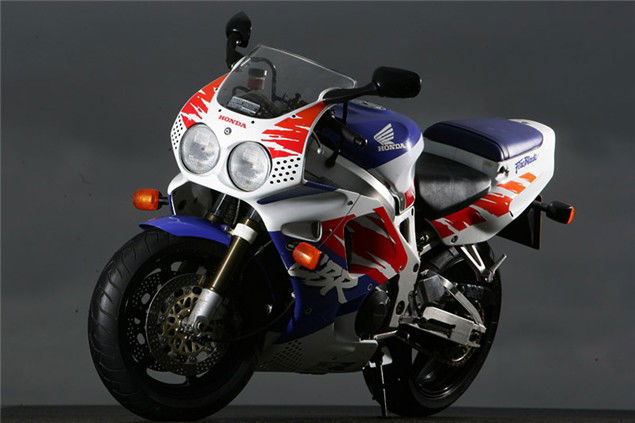
In the late 1980s Honda entrusted the development of its new inline four sportsbike to a designer from their R&D department, Tadao Baba. He was given a very specific remit – make the ultimate sportsbike. And so the 1992 Honda Fireblade CBR900RR was born.
Although early prototypes ran at 750cc, a final capacity of 893cc was settled on as Baba’s philosophy behind his new bike was one of balance. His new machine had to be greater than the sum of its parts. No component was to outshine another; the whole bike had to work together as a unit. The 893cc capacity offered the performance Baba required but kept the whole package within the weight limit he demanded.
Baba’s aim was to make his sportsbike lighter than a 600cc sportsbike of the day, so a target of under 190kg was set. Much to the frustration of some of the bike’s designers Baba stuck to this, demanding parts were re-designed rather than compromise.
With the bike nearing completion, Honda moved development out of Japan and into Europe in 1991. It was ridden on the motorways of Germany as well as on-track by racer Phil McCallen, who went on to win production class races at Isle of Man TT twice on future generations of the bike.
The final twist in the project’s history is the origin of the bike’s now legendary name. A botched translation into Japanese of the French word for lightning gave birth to the name FireBlade. But in 1992 no one cared about such things – the FireBlade was unveiled and a new performance benchmark was established.
Now, 17 years on, the great thing about riding a 1992 FireBlade is that it doesn’t feel dated. A good one can quite happily cut it with current sportsbikes. Unlike some big sportsbikes of yesteryear, like the Honda CBR1000F or Kawasaki ZX10, the FireBlade was so far ahead of its time the subsequent years haven’t harmed it to anything like the degree of other retro classics. Still got it? Oh yes.
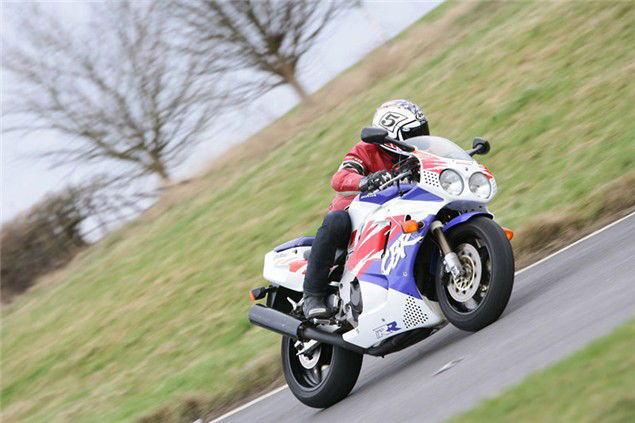
Used 1992 Honda Fireblade CBR900RR review
When you sit on the Honda the first thing that strikes you is the width of the petrol tank. It’s broad and spreads your legs so wide it feels like you’re preparing to give birth. Then you notice the spartan nature of the cockpit; no digital displays, no shift lights, no nonsense. And talking of clocks, you have to love the way Honda decided not to house the speedo in the foam mounting next to the rev counter and temperature gauge – it’s almost an admission that road practicalities were an after-thought and this bike was designed as a no-compromise racer.
Once on the go the Blade doesn’t so much disappoint, more fail live up to the legend – after 17 years of snowballing hyperbole, did it have a hope? The fact of the matter is that a good 1992 Blade will put out 113bhp at the rear wheel (Honda claimed 122bhp), which is about the same as a modern 600. If you’ve spent years hunched over road tests from magazines of the time, eagerly devouring every single word, you might be under the impression the Blade will rip your arms off with its fearsome power delivery. It doesn’t.
At the time it was like nothing else, but when a 2008 Fireblade is putting out the same power plus another 50%, you have to put things into perspective. If you’ve ridden a modern 1000 you won’t be scared of the Blade, but you will appreciate its power delivery, which is carb-smooth, torquey and predictable. This is a bit of an anti-climax initially, but in this age of mounting speeding paranoia the Blade has more than enough grunt to provide sane thrills. The bottom line is it’s a very pleasant bike to ride, one happy to head to the Alps if you fancy more than just a weekend blast.
As you’ d expect the years have blunted the Blade’s handling somewhat. Turning a CBR1000F was like U-turning an oil tanker so it’s not that surprising the Blade amazed so many in 1992. In 2009 it’s still good, and vice-free but much more like a sorted sports tourer like a VFR than a cutting edge sportsbike. Considering the bike’s age this is still a hugely impressive achievement and shouldn’t be taken as being a derogatory statement; it’s just that bike development, and more specifically sportsbike handling, hasn’t exactly been resting on its laurels.
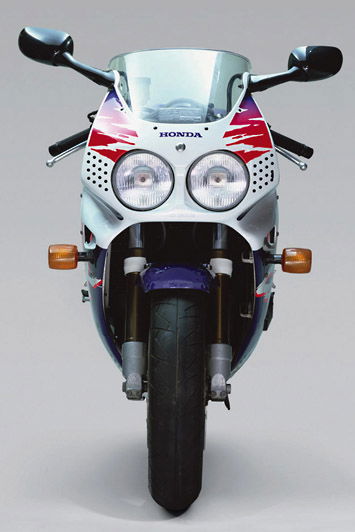
Should you buy a 1992 Honda Fireblade CBR900RR?
Ride one now and you'll find it's not shockingly fast (only 122bhp you see) and really rather comfortable thanks to that flat seat and fat stretch across the mammoth tank to the wide bars. You'll also find it's still seriously cool.
Somehow, despite losing power and gaining weight next to the bikes that have come since, the Blade has remained timelessly cool in a James Dean sort of way, and it never had to get splattered across the side of a hay lorry to make it there either.
If you want to buy one you'll find there are good 'uns still to be had. Sure plenty were thrashed, trashed and pinged into hedgerows around the country by hard-riding owners, but being Hondas those that weren't written off have, by and large, stood up far better than just about any other sports bike of the same vintage. Even better, in recent years plenty have fallen into the hands of more caring owners wanting a modern classic and have even had TLC lavished on them already.
All in all, a used FireBlade of this vintage is a rare and beautiful thing. Providing, of course, it's still beautiful. Beware garishly 'personalised' bikes with tacky add-ons spoiling this maturing classic, or god-awful aftermarket paintjobs. Also question carbon frame protectors hiding possible frame dents, mismatched bodywork doing the same, and budget on a few hundred quid for a suspension and chassis bearing overhaul and you'll be laughing.
After a blast on a 1992 FireBlade you’re left satisfied, if not quaking in your boots. If you’re expecting to ride a rabid monster then the Blade isn’t going to deliver. But for a bike that is older than most of the contestants on X-factor it’s impressive and is a classic capable of so much more than a 50-mile Sunday run. You could quite easily – and with total confidence in its reliability – take a 1992 Blade touring Europe or on a summer trackday. It is a fast and practical classic that still looks as good today as it did all those years ago.
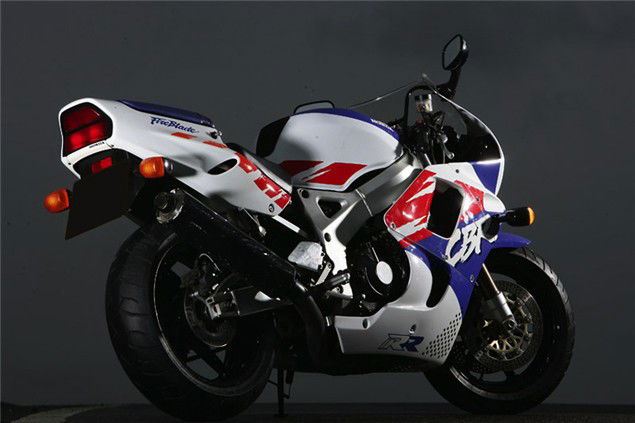
1992 Honda Fireblade CBR900RR specs
- Price: From £1500 to £3500
- Engine: 893cc liquid-cooled, 16-valve inline four
- Power: 113bhp @ 10,500rpm
- Torque: 65lbft @ 8500rpm
- Front suspension: 45mm telescopic forks, adjustable
- Rear suspension: monoshock, adjustable
- Front brake: 2 x 296mm discs, four-piston calipers
- Rear brake: 220mm disc, single-piston caliper
- Dry weight: 185kg
- Seat height: 800mm
- Fuel capacity: 18 litres
- Top speed: 167mph
- Colours: red/white/blue, black/silver
